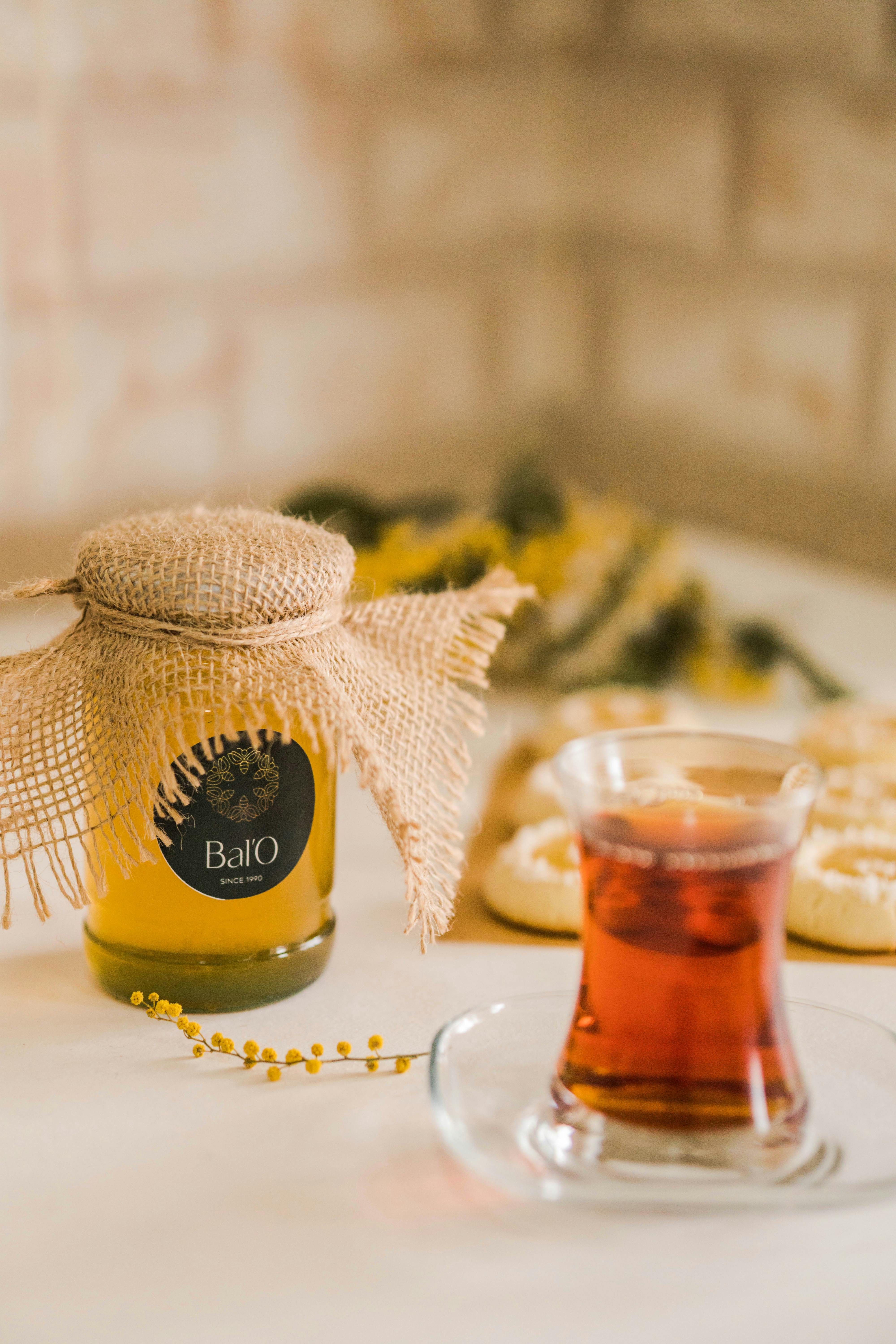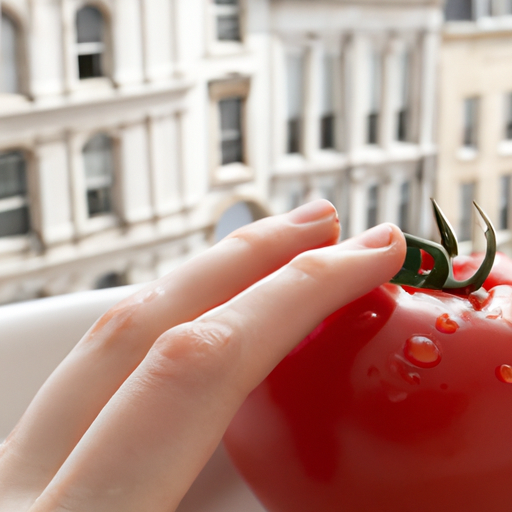In “Food Safety In The Kitchen: A Comprehensive Guide,” Tastepan presents an invaluable resource for anyone looking to enhance their culinary prowess. Through expert cooking tips, techniques, and engaging videos, Tastepan equips aspiring chefs with the knowledge and skills to become true kitchen pros. With a particular focus on food safety, this guide provides essential information on how to maintain a clean and hygienic cooking environment, ensuring that every meal you prepare is not only delicious but also safe for consumption. Master the art of cooking while prioritizing the well-being of yourself and those you cook for by following the advice in this comprehensive guide.

Introduction
Welcome to the comprehensive guide on food safety in the kitchen! As a home cook or someone working in the food industry, it is essential to prioritize food safety to ensure the well-being of yourself and others. In this guide, we will explore the importance of food safety, personal hygiene practices, preventing cross-contamination, proper food storage guidelines, safe thawing methods, cooking temperatures, handling and preparation tips, as well as safe leftover handling. By following these practices, you can create a safe and enjoyable culinary experience for everyone.
Importance of Food Safety
Food safety is of utmost importance when it comes to handling and preparing food. Let’s take a look at three compelling reasons why food safety should be a top priority.
Prevents Foodborne Illnesses
One of the main benefits of practicing food safety is the prevention of foodborne illnesses. By properly handling and storing food, you can reduce the risk of bacterial, viral, or parasitic infections. These illnesses can cause mild to severe symptoms, such as nausea, vomiting, diarrhea, abdominal pain, and in some cases, even hospitalization. By following proper food safety practices, you can minimize the chances of foodborne illnesses and keep yourself and your loved ones healthy.
Maintains Food Quality and Flavor
Food safety not only protects against illnesses but also helps maintain the quality and flavor of the food you prepare. Keeping ingredients fresh and properly stored ensures that they retain their nutritional value and taste. By following food safety guidelines, you can extend the shelf life of your ingredients, reducing waste and saving money in the process.
Promotes Customer Satisfaction and Trust
If you are in the food service industry, customer satisfaction and trust are vital for success. By prioritizing food safety, you demonstrate your commitment to providing high-quality, safe meals. Customers who trust that their food is being handled and prepared with proper precautions are more likely to return and recommend your establishment to others. This trust is essential in building a loyal customer base.

Personal Hygiene
Maintaining good personal hygiene is a fundamental aspect of food safety. Let’s explore some key practices that you should incorporate into your routine.
Handwashing
Proper handwashing is crucial to prevent the transfer of harmful bacteria and viruses. Always wash your hands thoroughly with soap and warm water for at least 20 seconds before and after handling food, after using the restroom, coughing, or sneezing. Remember to dry your hands with a clean towel or air dryer.
Proper Attire
Wearing the appropriate attire while handling food helps prevent contamination. It is advisable to wear clean, well-fitting clothes, an apron, and nonslip shoes in the kitchen. Avoid wearing jewelry, such as rings or bracelets, as they can harbor bacteria and may come into contact with the food.
Cuts and Wounds Management
If you have any cuts, wounds, or skin infections, it is essential to cover them properly before handling food. Using waterproof bandages and gloves can help prevent the transfer of bacteria from your hands to the food. It is also crucial to regularly clean and disinfect any utensils or equipment that come in contact with the wounded area.
Cross-contamination Prevention
Cross-contamination occurs when harmful bacteria from one food item are transferred to another. By following these practices, you can minimize the risk of cross-contamination and ensure the safety of your meals.
Separation of Raw and Cooked Foods
It is vital to keep raw and cooked foods separate to prevent cross-contamination. Use separate cutting boards, knives, and utensils for raw meats, poultry, and seafood. Avoid placing cooked foods on surfaces that have had contact with raw foods unless they have been thoroughly cleaned and sanitized.
Proper Storage and Labeling
Proper storage and labeling are essential for preventing cross-contamination. Store raw meats, poultry, and seafood in sealed containers or bags on the bottom shelf of the refrigerator to prevent any drips from contaminating other foods. Labeling containers with the date of storage can help you ensure that you use them within the recommended timeframe.
Cleaning and Sanitizing Surfaces and Utensils
Regularly cleaning and sanitizing surfaces and utensils is critical in preventing cross-contamination. Use hot, soapy water to clean cutting boards, countertops, utensils, and other kitchen surfaces after each use. Additionally, periodically sanitize these surfaces with a diluted bleach solution or a food-grade sanitizer to kill any lingering bacteria.

Food Storage Guidelines
Proper food storage is essential to maintain freshness, prevent spoilage, and reduce the risk of foodborne illnesses. Let’s explore some guidelines for different types of food storage.
Refrigeration
Refrigeration slows down bacterial growth and helps keep perishable foods fresh. Set your refrigerator temperature at or below 40°F (4°C) and regularly check for any signs of temperature fluctuation. Make sure to store raw meats, poultry, seafood, dairy products, and prepared foods in separate compartments to avoid cross-contamination.
Freezing
Freezing is an excellent way to prolong the shelf life of many foods. Ensure that the freezer maintains a temperature of 0°F (-18°C). When freezing food, use airtight packaging to prevent freezer burn and label each item with the date of freezing. It is also important to follow recommended freezing times for different types of food to maintain quality.
Pantry Storage
Dry goods such as rice, pasta, flour, and canned goods can be stored in the pantry. However, it is crucial to keep track of expiration dates and rotate older items to the front for use first. Store these items in sealed containers or packaging to prevent insect infestations and moisture damage.
Expiration Dates
Pay close attention to expiration dates when purchasing and using food items. Consuming expired products can pose health risks. When in doubt, it is better to err on the side of caution and discard any food past its expiration date.
Safe Thawing Methods
Thawing frozen food properly is essential to prevent bacterial growth. Let’s explore some safe thawing methods.
Refrigerator Thawing
Thawing food in the refrigerator is the safest method, although it requires some advance planning. Place the frozen food item in a container or on a plate to catch any potential drips and thaw it in the refrigerator. This method allows for a slow, even thaw, minimizing the risk of bacteria growth.
Cold Water Thawing
If you need to thaw food quickly, you can use the cold water thawing method. Place the frozen food item in a leak-proof plastic bag and submerge it in cold water. Change the water every 30 minutes to maintain a safe temperature. It is important to cook the food immediately after thawing using this method.
Microwave Thawing
Microwave thawing can be convenient but requires caution. Follow the microwave manufacturer’s instructions for defrosting, as different models have varying settings. Thaw only what you plan to cook immediately to prevent any bacterial growth.
Safe Cooking Temperatures
Cooking food to the right internal temperature kills harmful bacteria and ensures that it is safe to consume. Let’s take a look at some safe cooking temperatures for various food items.
Meat and Poultry
Cook ground meats, such as hamburgers or meatballs, to an internal temperature of 160°F (71°C). Whole cuts of beef, pork, veal, and lamb should be cooked to 145°F (63°C), while poultry should reach an internal temperature of 165°F (74°C). It is essential to use a food thermometer to accurately measure the temperature.
Seafood
Seafood, including fish and shellfish, should also be cooked to a safe internal temperature. Fish should reach 145°F (63°C), while shellfish, such as clams or mussels, should be cooked until their shells open. Discard any shellfish that do not open after cooking, as they may be unsafe to consume.
Eggs
Cook eggs until the yolk and whites are firm. Whether you prefer fried, boiled, or poached eggs, aim to cook them until the yolk reaches a safe internal temperature of 160°F (71°C).
Leftovers
When reheating leftovers, make sure they reach an internal temperature of 165°F (74°C) to eliminate any potential bacteria that may have grown during storage. Use a food thermometer to ensure thorough reheating.
Food Handling and Preparation
Proper food handling and preparation are essential to prevent contamination and maintain food safety. Let’s explore some key techniques and tips.
Proper Food Handling Techniques
When handling food, avoid prolonged exposure at room temperature. Bacteria can multiply rapidly within the temperature danger zone of 40°F – 140°F (4°C – 60°C). Thaw frozen foods using safe methods, and never leave perishable foods, such as raw meats or dairy products, out on the counter for extended periods.
Safe Cutting Boards and Utensils
Use separate cutting boards and utensils for different types of food, such as raw meats, cooked foods, and fresh produce. This practice helps prevent cross-contamination and reduces the risk of foodborne illnesses. Wash cutting boards and utensils with hot, soapy water after each use to remove any lingering bacteria.
Marinating Tips
Marinating is a great way to add flavor to various dishes, but it must be done safely. Always marinate items in the refrigerator, never at room temperature. If you plan to use some of the marinade as a sauce, reserve a portion separately before adding the raw meat or poultry. Discard any leftover marinade that has come into contact with raw proteins, as it may contain harmful bacteria.
Safe Leftover Handling
Proper handling and storage of leftovers help maintain their quality and prevent foodborne illnesses. Let’s explore some guidelines for safe leftover handling.
Storage and Labeling
After cooking, cool leftovers to room temperature within two hours and then refrigerate them promptly. Divide large portions into smaller containers to speed up the cooling process. Label each container with the date of storage to keep track of freshness.
Reheating Practices
When reheating leftovers, ensure they reach an internal temperature of 165°F (74°C) to kill any bacteria that may have grown during storage. Use a food thermometer to check the temperature. If using a microwave, stir food midway through reheating to promote even heating.
Discarding Expired Leftovers
If you are unsure about the freshness or safety of a leftover, it is better to discard it. Consuming expired or questionable leftovers can lead to foodborne illnesses. When in doubt, trust your instincts and prioritize your health and safety.
Conclusion
Congratulations on completing this comprehensive guide on food safety in the kitchen! By understanding and implementing the importance of food safety, practicing good personal hygiene, preventing cross-contamination, following proper food storage guidelines, using safe thawing methods, cooking to appropriate temperatures, and handling leftovers correctly, you have taken important steps towards creating a safe culinary environment. Remember, food safety is not only crucial for preventing illness but also for maintaining the quality and enjoyment of the food you prepare. Stay safe, keep learning, and happy cooking!

